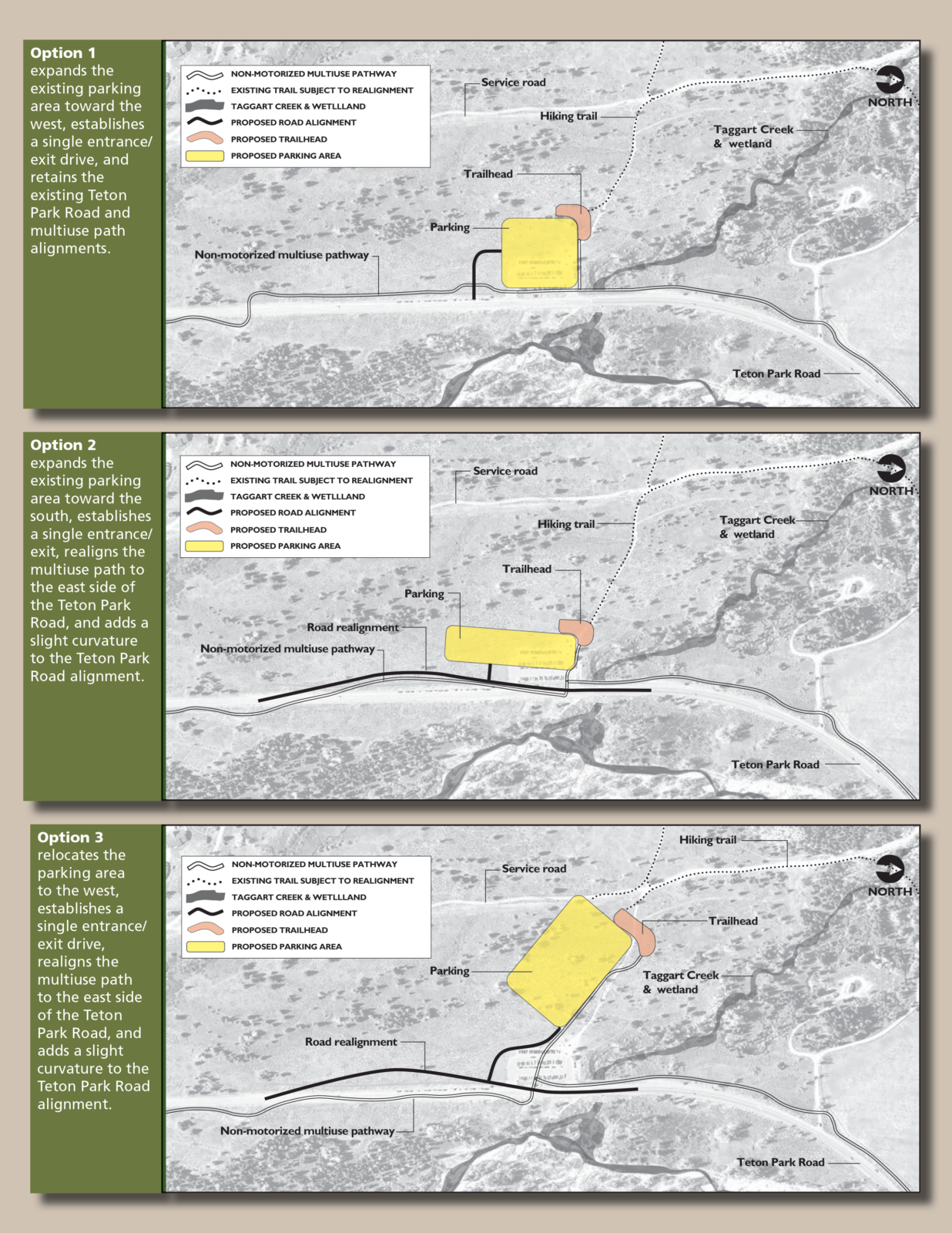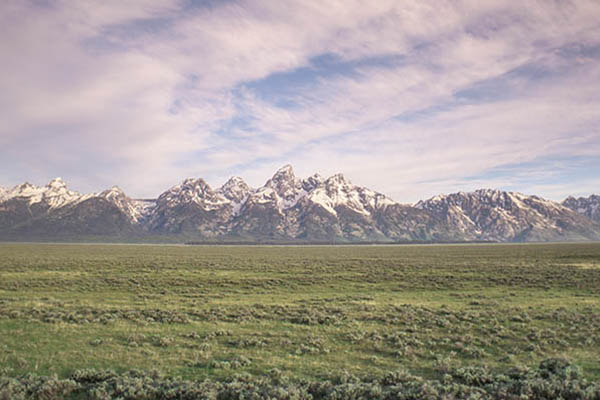
Taggart Lake Trailhead is Grand Teton National Park’s most-frequented, year-round destination and a place for all visitors to experience first-hand the beauty of this iconic national park. The popularity of the area, along with a significant increase in park visitation in the past ten years, has overwhelmed frontcountry facilities and backcountry routes.
Grand Teton National Park and Grand Teton National Park Foundation's multiyear project, Reimagining Taggart Lake, will address resource impacts, improve parking and trailhead infrastructure, educate and engage visitors, and create new accessible hiking experiences at a well-loved and spectacular place in Grand Teton.

Planning is underway for other key aspects of this project, including backcountry trail and frontcountry facility improvements. With a long-term vision in mind, the National Park Service wants to hear from you as they consider the future visitor experience at Taggart Lake in Grand Teton National Park.
“We are asking people from near and far to weigh in on how we can continue to preserve the park and provide opportunities for high-quality experiences in the Taggart Lake area,” said Grand Teton National Park Superintendent Chip Jenkins.
Grand Teton is particularly interested to hear your observations, concerns, and ideas about the high-level concepts presented, including the parking lot location. The park will use the comments received during this process to help develop, analyze, and refine alternatives that will be shared in the future.
The public comment period began October 18 and will last through November 21, 2024. Grand Teton will host a virtual public meeting on Wednesday, November 13, 2024, from 5 p.m. to 6:30 p.m. MST. For meeting information and to submit your written comments, please visit the project website.
“Your participation is vital to the success of the planning for the future of the Taggart Lake experience,” Jenkins said.
Your comments will help inform the development of alternatives for the Reimagining the Taggart Lake Area planning effort. Alternatives will be analyzed in accordance with the National Environmental Policy Act (NEPA) and the National Historic Preservation Act (NHPA) and will be presented to the public for additional feedback in the future.











